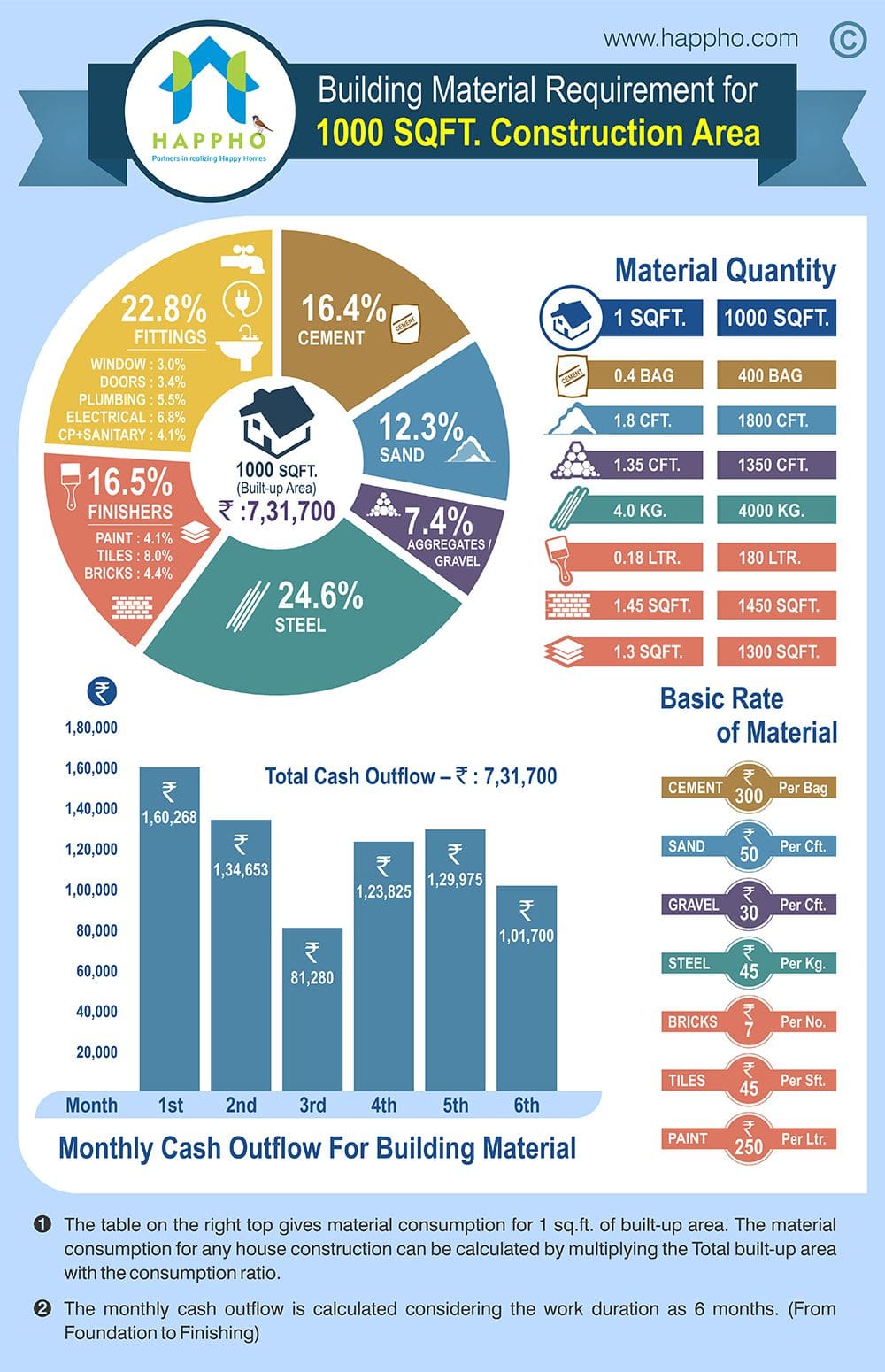Discover Just How Seasonal Impacts Can Affect The Efficiency Of Business Outside Paint And Find Out The Most Favorable Times To Guarantee Durable Outcomes For Your Job
Discover Just How Seasonal Impacts Can Affect The Efficiency Of Business Outside Paint And Find Out The Most Favorable Times To Guarantee Durable Outcomes For Your Job
Blog Article
Material Writer-Doherty Rodriquez
When you're preparing a commercial exterior painting task, seasonal aspects can make or break your outcomes. You'll intend to take into consideration exactly how temperature and moisture effect paint application and drying out times. Choosing the ideal season can ensure your paint adheres effectively and lasts much longer. However which periods are really the most effective for this sort of work? Let's discover the crucial elements that can affect your task's success.
The Effect of Temperature Level on Paint Application
When you're planning a commercial external paint task, the temperature level can considerably influence just how well the paint adheres and dries.
Ideally, you intend to repaint when temperatures range between 50 ° F and 85 ° F. If it's too cool, the paint may not cure effectively, causing issues like peeling off or fracturing.
On the other hand, if it's as well warm, the paint can dry as well swiftly, protecting against correct bond and leading to an uneven finish.
You must likewise think about the time of day; morning or late afternoon uses cooler temperatures, which can be more favorable.
Constantly inspect the supplier's referrals for the particular paint you're using, as they commonly offer support on the perfect temperature variety for ideal outcomes.
Humidity and Its Effect on Drying Times
Temperature isn't the only environmental element that influences your commercial exterior painting task; moisture plays a considerable role also. High humidity degrees can decrease drying times considerably, affecting the total quality of your paint task.
When the air is filled with wetness, the paint takes longer to heal, which can lead to concerns like bad adhesion and a greater risk of mildew growth. If you're repainting on a specifically damp day, be prepared for extended delay times in between layers.
It's essential to keep an eye on local weather conditions and strategy appropriately. Preferably, http://mhobserver.com/duane-hada-gives-mountain-home-students-a-hands-on-lesson-in-painting-one-of-a-kind-murals/ for humidity levels between 40% and 70% for optimal drying.
Keeping these factors in mind ensures your job stays on track and provides a lasting coating.
Best Seasons for Commercial Outside Painting Projects
What's the most effective season for your industrial external painting jobs?
Spring and very early fall are generally your best options. During these periods, temperatures are light, and moisture levels are often reduced, creating perfect problems for paint application and drying out.
Prevent summer season's intense heat, which can create paint to completely dry too swiftly, leading to inadequate bond and coating. In a similar way, winter's cool temperature levels can prevent appropriate drying and healing, running the risk of the long life of your paint job.
Go for days with temperatures in between 50 ° F and 85 ° F for ideal results. residential interior painters in mind to check the regional weather prediction for rain, as wet conditions can destroy your job.
Planning around these factors ensures your paint task runs efficiently and lasts longer.
Conclusion
In conclusion, planning your commercial external paint projects around seasonal considerations can make a substantial difference in the outcome. By organizing work during the perfect temperatures and humidity levels, you'll guarantee better bond and drying out times. Bear in mind to keep an eye on neighborhood weather forecasts and choose the correct time of year-- spring and very early autumn are your best bets. Taking these steps will aid you accomplish a resilient and professional finish that lasts.
